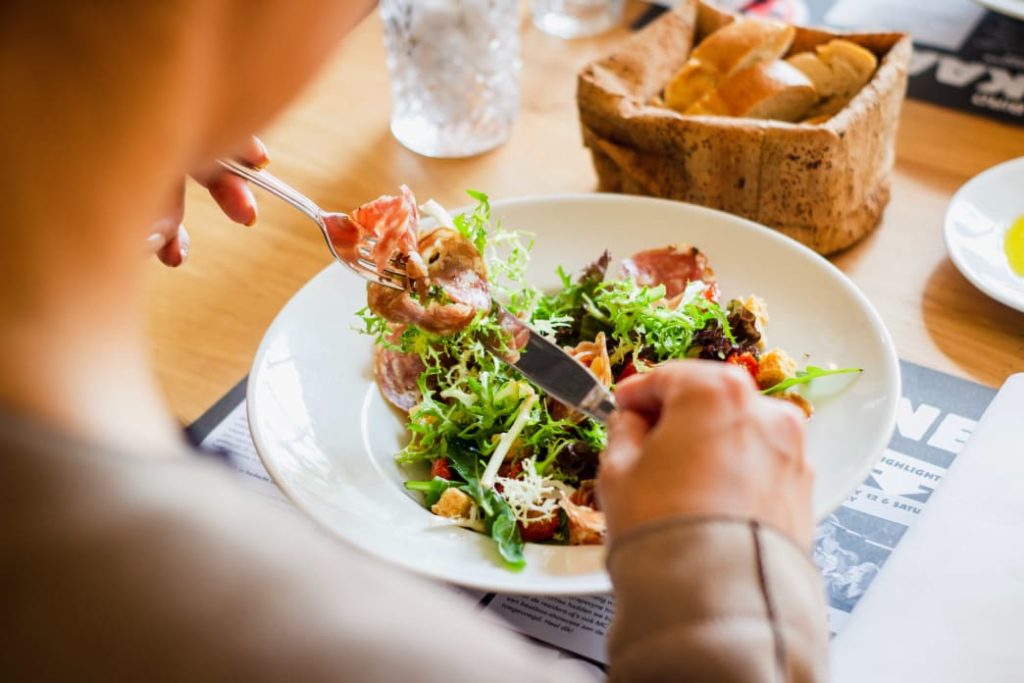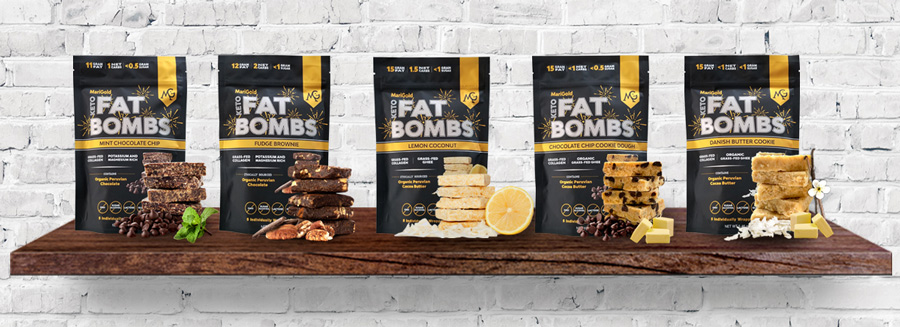Let’s just get this out of the way, shall we? The keto diet is a high-fat diet. Those who advocate for ketogenic (keto) diets basically suggest that we reject the dietary guidelines of the past 40 years and embrace fat—yes fat, the one macronutrient we’ve been trying to avoid for decades. They’re suggesting that we turn the conventional wisdom about high-carb, low-fat diets on its proverbial ear. They’re telling us that the foods we were taught were great—cereals, breads, whole wheat pasta—are actually not, while the foods we were told were not good—animal products and fats—actually are.
What Is Ketosis?
First, some definitions. The “keto” in ketogenic refers to ketones (also known as ketone bodies), which are a byproduct of fat metabolism. When lots of ketones show up in your urine, you can be pretty sure you’re burning fat, because that’s where ketones come from. Ketones are a wonderful metabolic fuel for the heart, the brain, and the muscles. Your body makes ketones all the time; it just doesn’t make that many of them, since it has plenty of glucose (sugar) around to use for primary fuel. And that is the real purpose of the ketogenic diet in a nutshell: to get you to burn fat, rather than sugar.
Here’s how it works. When you go on a very low carb diet—restricting carbs to 20–50 grams a day—your body’s supply of constant glucose (from carbs) is suddenly cut off. Since there’s less sugar in the bloodstream to fuel your muscles, your body turns up the ketone-production machinery, burning more fat and making more ketones. When the ketones in your blood, urine, or breath rise to a certain level, you’re said to be in nutritional ketosis. A diet that generates that number of ketones is known as a ketogenic diet.
Here are a couple of things to know:
1. It doesn’t work for everyone. Some people just can’t get into ketosis. Don’t worry if you turn out to be one of them. You can still get a whole lot of benefits just eating low carb!
2. Don’t go “keto” at McDonald’s. A keto diet is not a reason to consume junk foods. Use high-quality fats such as coconut oil, Malaysian palm oil, grass-fed butter, ghee, MCT oil, or avocado oil, and high-quality protein like 100 percent grass-fed beef and wild salmon.
3. A keto diet is not a high-protein diet. Dietary protein is made up of amino acids, and some of those amino acids can convert to sugar in the body, so too much protein can knock you out of ketosis. Though there’s some debate in the keto community about this, most people recommend high-fat/moderate protein rather than high-protein/moderate fat.
4. Consider “flirting with ketosis.” Don’t get too obsessive about being “in ketosis.” Just aiming for ketosis—by eating a high-fat/moderate protein/very low-carb diet—will get you a lot of benefits.
5. What I just said doesn’t apply to everyone. There are some very weight-loss-resistant people who will just not drop weight (body fat) unless they’re in deep ketosis. So maybe the lesson here is that everyone’s different—don’t get locked into anything too rigid. Just experiment to see what works for you.
6. Take Supplements. High-fat diets can be low in fiber, so I recommend a daily fiber supplement, which will also help keep your microbiome happy. I also recommend 2-4 grams of EPA-DHA, the two omega-3s you get in fish oil. Most people don’t get enough magnesium, and many people eliminate a lot of good magnesium-heavy foods when they’re cutting back on carbs, so I recommend a daily dose of magnesium. Then there’s vitamin D—in the 2,000 IU to 5,000 IU range, depending on your levels, which are easily tested. (Almost any reputable brand will do, as long as it’s in the vitamin D-3 form—cholecalciferol). I think everyone on a keto diet—or really, any eating plan—should still take a multi. A high-quality multiple with clinically meaningful doses of nutrients in the correct forms is going to plug all the holes in your micronutrient intake.
The Health Benefits of the Keto Diet
In recent decades, we’ve seen increases in the incidence of diabetes, obesity, heart disease and Alzheimer’s. Insulin resistance is a component or a factor in every one of these conditions. And when insulin resistance is a factor—as it so frequently is in metabolic diseases—ketogenic diets can be beneficial.
Since ketogenic diets are high in fat (and moderate in protein), they don’t jack up blood sugar. When blood sugar isn’t elevated, the demand for insulin is significantly reduced. When insulin is reduced, it isn’t constantly bombarding the cells asking them to take in more sugar. Now the cells start to relax and become more insulin-sensitive (as opposed to resistant). Emerging research suggests that keto diets can reverse insulin resistance, and this may well turn out to be one of the ketogenic diet’s greatest contributions to health.
The keto diet is known to be effective for childhood epilepsy and is an accepted treatment at hospitals across the country like Johns Hopkins. The Navy—in conjunction with researchers at the University of Tampa—are experimenting with keto diets for Navy Seals. And let’s not forget weight loss. As Atkins discovered, folks with the most stubborn cases of weight loss would lose weight when they were in ketosis.
While all ketogenic diets have the same purpose—to get you into nutritional ketosis—there are multiple approaches to getting there. Look around and see what fits you best. There are keto programs especially tailored to women, performance athletes, resistant weight loss. There are even programs that incorporate a technique called “carb cycling,” where you interrupt periods of keto dieting with a “carb feast.” No diet is perfect for everyone or every situation. But the keto diet is a powerful tool that can achieve a lot of things when it’s done correctly.
Written by Jonny Bowden for Better Nutrition and legally licensed through the Matcha publisher network. Please direct all licensing questions to legal@getmatcha.com.
Featured image provided by Louis Hansel
Stay in Ketosis with MariGold Keto Fat Bombs
You can satisfy the sweet tooth cravings you might have on a keto diet with out Keto Fat Bombs! They are high in fat and are all low sugar (each has less than 1g). We use premium ingredients including Organic Grass-Fed Ghee, Organic Cocoa Butter, and Grass-Fed Collagen. Our Fudge Brownie flavor has an added bonus! They are also high in both fiber and magnesium. You can also try all 5 delicious flavors with our 5 Pack Bundle.





